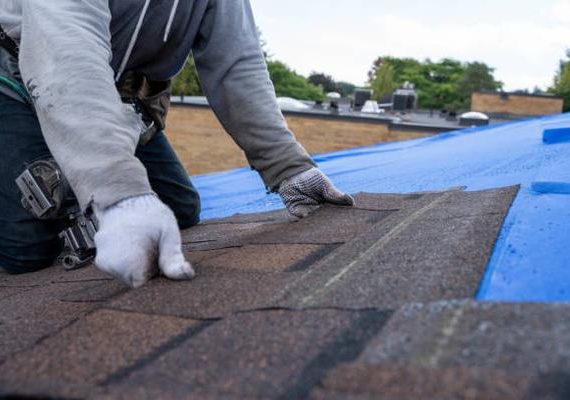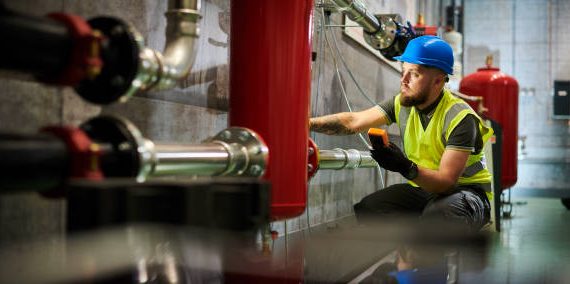Some policies cover sudden and accidental water damage, while neglect or gradual leaks might not be covered. Reviewing insurance policies and understanding coverage terms is crucial in managing restoration costs. In conclusion, the cost of water damage restoration depends on several factors, including the extent of the damage, the materials affected, the presence of mold, and the insurance coverage. Timely action, professional assessment, and effective mitigation can help minimize these costs and restore the home to its pre-damage condition. Remember, the key is not just in dollars spent, but in preventing future drips from turning into dollars lost.” Water damage is a homeowner’s nightmare that can strike without warning, wreaking havoc on property and possessions. From burst pipes to flooding, the aftermath of water-related disasters can be overwhelming.
As the initial shock subsides, homeowners are faced with the daunting task of water damage restoration – a process that comes with a price tag. Understanding the cost breakdown of water damage restoration is essential for preparedness and efficient recovery. The cost of water damage restoration can vary widely based on several factors. The extent of the damage, the size of the affected area, the type of water (clean, gray, or black), and the severity of the issue all play a role in determining the final cost. Assessment and Inspection**: The restoration process begins with a thorough assessment of the damage. Professionals evaluate the extent of water penetration, potential structural issues, and the presence of mold. This step is crucial for determining the scope of work and the overall cost. Water Removal**: The removal of standing water is the immediate priority.
This involves using specialized equipment such as read more pumps and vacuums to extract water from the affected area. Drying and Dehumidification**: Completely drying out the space is essential to prevent mold growth. Industrial-strength dehumidifiers and fans are employed to ensure that moisture is eliminated from walls, floors, and other materials. Cleanup and Sanitization**: Once the area is dry, the cleanup process begins. This includes disinfecting the space to eliminate any harmful microorganisms that may have been introduced by the water. Repairs and Restoration**: Depending on the severity of the damage, repairs can range from minor fixes to major structural work. Replacement of damaged materials like drywall, insulation, and flooring can significantly contribute to the overall cost. Mold Remediation**: If water damage is not addressed promptly, mold can develop. Mold remediation involves the removal of mold-infested materials and thorough cleaning to prevent its return.




